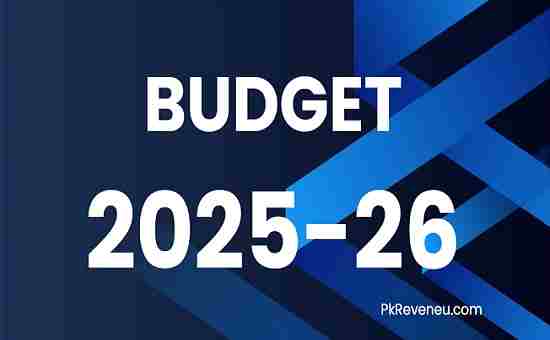As Pakistan gears up to unveil its Federal Budget 2025-26 on June 2, 2025, analysts are bracing for what could be a transformative fiscal document driven by International Monetary Fund (IMF) conditions, record-breaking debt obligations, and a widening tax net.
Experts at Topline Securities Limited warn that this year’s budget 2025-26 is not just another fiscal exercise—it is a defining moment in Pakistan’s economic future.
At the core of the Budget 2025-26 is the government’s aggressive fiscal consolidation strategy, an IMF-backed commitment to shrink deficits, reduce debt reliance, and reel in tax-evading sectors. Analysts expect sweeping legislative changes, including the controversial Section 114C of the Income Tax Ordinance, 2001, a revised National Tariff Policy, enforcement of a Captive Power Levy Ordinance, and potential removal of the Debt Servicing Surcharge cap. These proposals aim to demonstrate Pakistan’s resolve to meet IMF conditionalities and preserve economic stability.
The government has promised the IMF a primary budget surplus of 1.6% of GDP in FY26—lower than FY25’s 2.1% target but still ambitious. This would mark the third straight year of surplus, a feat not seen in two decades. Additionally, any windfall profits from the State Bank of Pakistan beyond 1% of GDP are earmarked for debt retirement, underlining Islamabad’s debt-slaying ambitions.
However, there’s a twist: the Federal Board of Revenue’s (FBR) projected tax collection target for Budget 2025-26 is between Rs14.1–14.3 trillion—just a 16–18% increase, the weakest growth rate in six years. To bridge the revenue gap, analysts anticipate Rs500–600 billion in fresh tax measures. These include controversial steps such as taxing pension income, ending tax exemptions in FATA/PATA, slapping taxes on freelancers and YouTubers, and aligning sugar GST with market prices, which alone could generate Rs70–80 billion annually.
Other expected revenue bombshells: increased Federal Excise Duty (FED) on cigarettes and fertilizers, withdrawal of pharma and food tax exemptions, and new taxes on retailers and wholesalers. These moves, if executed, will leave no economic segment untouched.
While Budget 2025-26 is revenue-heavy, it may offer some targeted relief to soften the blow. Proposed measures include salary tax cuts of up to 2.5%, extended exemption limits, a potential housing finance subsidy, and super tax revisions. Inflation-indexed minimum wage hikes and unconditional cash transfers may also be announced to cushion lower-income groups.
Analysts note that similar IMF-bound economies have introduced gift, inheritance, and wealth transfer taxes, along with VAT on non-resident e-commerce and environmental surcharges—tools Pakistan may soon replicate.
On the economic front, the government is setting a GDP growth target of 3.5–4.5% for FY26, driven mainly by the services sector. The Budget 2025-26 could prove to be a market-neutral event in the short run, but analysts believe it may pave the way for long-term investor confidence, provided the roadmap remains credible.
Sector-wise, cement, steel, energy, IPPs, and consumer stocks may gain; IT, banks, autos, pharma, and textiles are expected to see neutral impact.
Still, one wild card remains: geopolitical tensions. Until Pakistan’s relationship with India stabilizes, markets may stay jittery, regardless of how promising the budget 2025-26 appears on paper.
